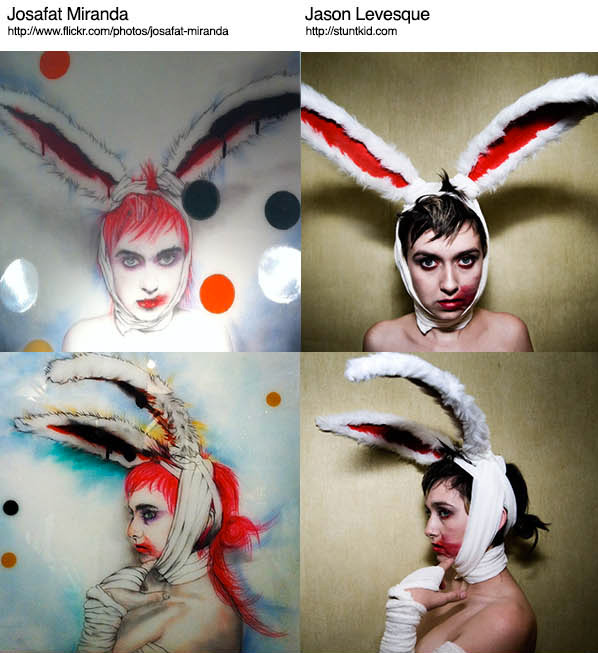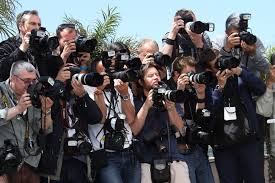
What counts as fair use versus copying? What is that line that dictates when it is no longer being inspired and just being a copy? Artist Jason Levesque explains what he thinks are those fine lines when what an artist is doing is no longer appropriation; he also explains when copying is accepted in the art world. When Levesque had been visiting Miami in December of 2012, he had noticed some art that was too familiar for comfort. He had found much of the art had been exact pieces imitated from photos he had taken years before. He also had found art imitated from photos by one of his photography friends as well. Originally, Levesque had chosen to not say anything, but after giving thought about Miranda’s copied paintings selling for $4000, he decided to share what he saw on Tumblr. Some had asked why he had not chosen to go straight to the artist to avoid embarrassment, but he shared that from experiences in the past, it had never been successful. Most artists would ignore the request and keep the art up. Within days, the post had gone viral, news covered the story, and the gallery had taken down Miranda’s paintings. After, Miranda’s reputation was tarnished, leaving him without a job. Miranda had told Miami New Times, “I don’t have a gallery. I don’t have a job. I don’t have any way to make money … Now nobody wants to buy my work, even though most of it isn’t a copy of anything.” However, whether most of his works were not copies or not, the ones in the gallery were. He was making profit off of other artists’ photos. Levesque felt that he could have been less extreme, but I think what he did was justified. Miranda should have known to not imitate another’s art so closely. The only differences between Miranda’s works and the originals were added circles and slight changes in colors. While this was pretty easy in telling whether it was considered copying or fair use, not all cases are that way. Hyperallergic explores this question, deciding that the main indicator is usually money. For example, in Andy Warhol’s works, we all know that he is copying common icons, but we, as a society, accept that because he copies icons that we all recognize. In Miranda’s case, he is taking from artists whose work is not well-known. Levesque had shared that he was not heavily hurt about Miranda copying his work since he has caught quite a few copying his works before; he pointed out that he would not sell less art if someone were copying his works. However, Levasque’s friend, Marie Killen, had at least eight images copied by Miranda, and these pieces were making a large amount of profit. This upset Levasque because Killen is not a well-known artist, and Miranda is profiting, selling his copied works at $4000. This would be a case where copying was not acceptable because the original artist is not well-known and not profiting as much. Levasque explained, “He could have styled a similar shoot. He could have done a completely different pose. He could have done them in a way that’s like, ‘This reminds me of your work.’” There is a difference between being inspired by a work and simply copying it. Miranda could have been inspired by the color scheme or the style and changed the pose, or he could have really liked the pose but changed the subject. Simply adding circles to your work does not make it inspired by the original artist’s work. While Miranda had tried to convince that most of his work was not copied, I think he was lying in order to save himself. As Levasque had admitted as well, Miranda is a talented artist, but now he needs to take this situation and learn from it. He can take the time to reinvent himself and create original works. When an artist is learning, copying can be acceptable in order to develop skill and practice, but when one is making up to $4000 on copied paintings, that is where the line is drawn. There comes a time where an artist has to realize that they need to create on their own, without heavy influences from one source. After looking up Miranda’s works from 2015, it seems like he has (hopefully) developed his own style as it is completely different subjects and styles from the ones he copied a year ago. Now, Miranda can work to build himself back up, using what happened as a lesson.








I personally believe that handling business on the internet is very foul and can be avoided, just like in this situation. The artist, while I do believe he is in the right, should’ve attempted to talk to the artist first before ratting them out online. It seems immature to let online Tumblr users deal with your serious conflicts. Especially when the person on the other side of the screen could be anyone. However, I wish the best of luck to both the artist.